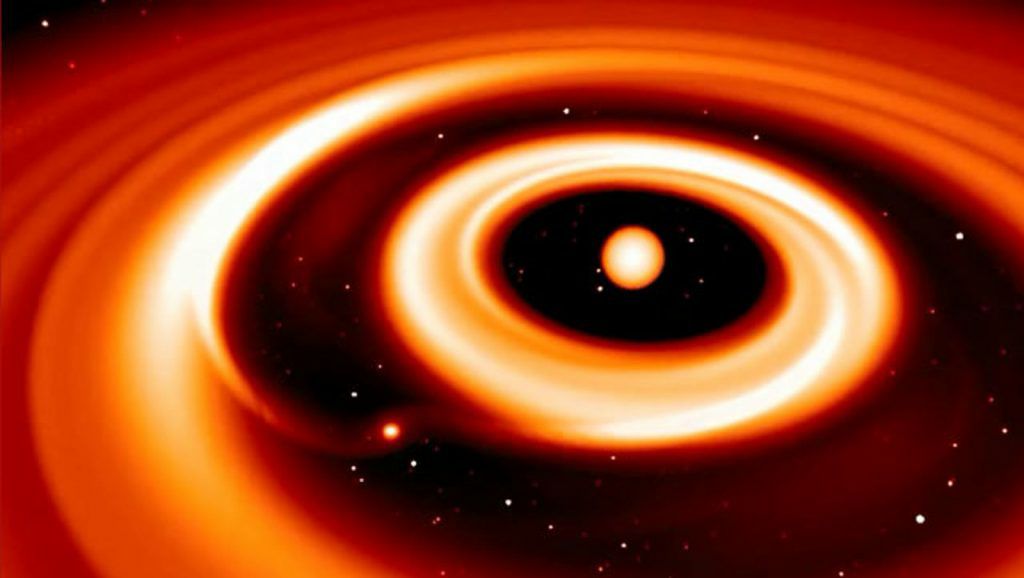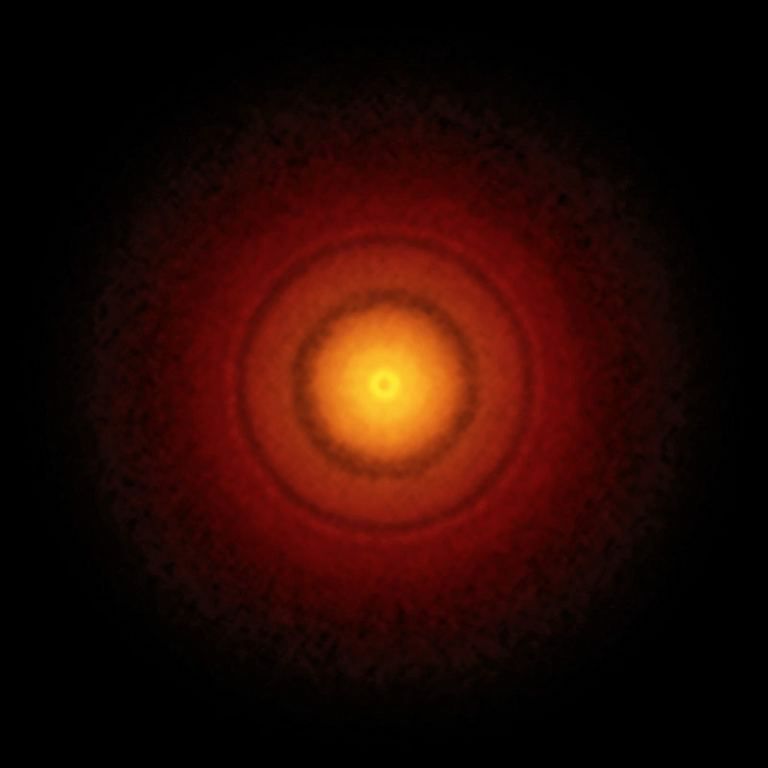Planet-Forming Disks at Various Angles Surround a Newborn Star.
New observations from the Atacama Large Millimeter/submillimeter Array (ALMA) have revealed stunning images of planet-forming disks at different angles surrounding a newborn star. The star, located about 450 light-years away from Earth in the constellation Taurus, is only about 1 million years old and is surrounded by several disks of gas and dust, where planets are believed to be forming.
The new ALMA images show these disks at different angles, providing astronomers with a rare opportunity to study the formation of planets from multiple perspectives. In some images, the disks appear to be edge-on, while in others, they are seen face-on or at an intermediate angle.
According to scientists, these new images will help them better understand the formation of planets and the role that these disks play in the process. By studying the disks at different angles, astronomers can determine the size, shape, and orientation of the disks, which can provide valuable insights into the formation of planets.
The new observations also suggest that the disks are not static structures but are constantly changing and evolving over time. This could have important implications for our understanding of how planets form and evolve.
Overall, the new ALMA images provide a fascinating glimpse into the early stages of planet formation and represent a significant step forward in our understanding of how the universe creates new worlds. With further research, astronomers hope to unlock even more secrets about the formation and evolution of planets, and the role that these disks play in shaping the cosmos.
Hits: 0











